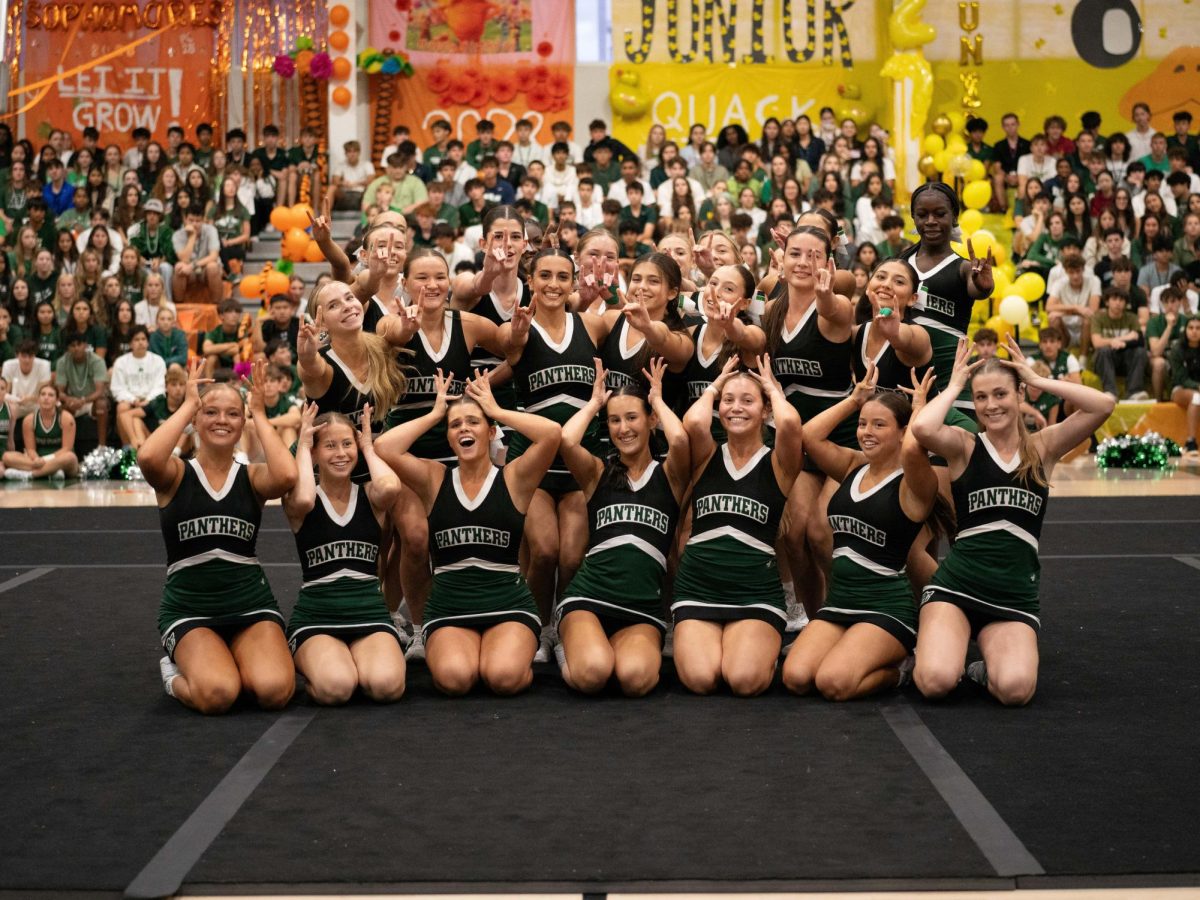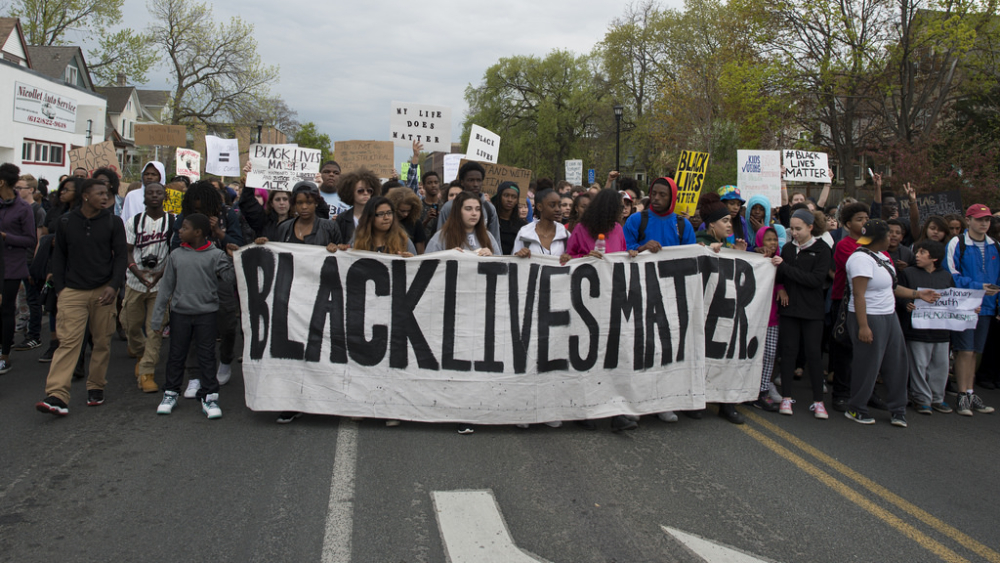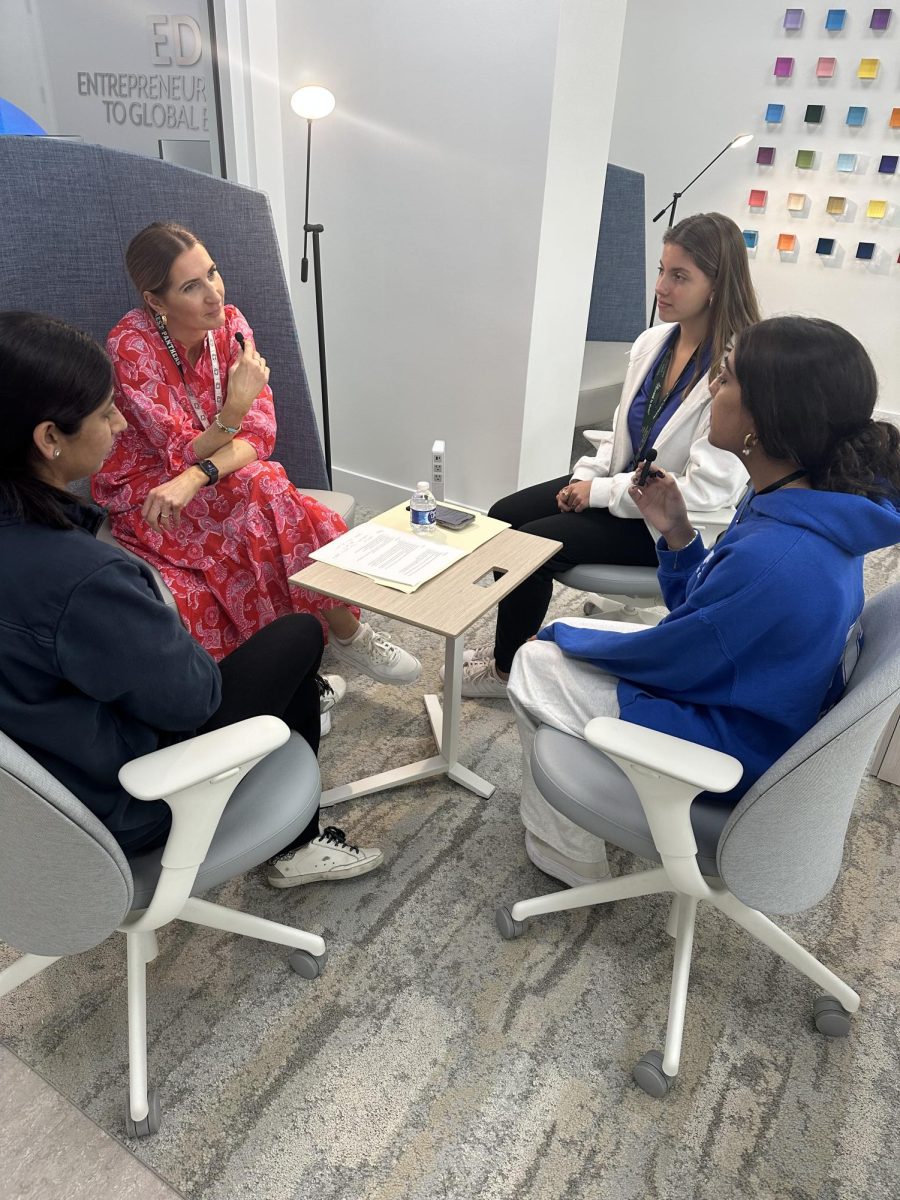[ot-caption title=”Black Lives Matter protesters fight systemic racism and police brutality.” (Fibonacci Blue/Flickr)”]
This past week has marked the 5th anniversary of Trayvon Martin’s death. His murder sparked a movement that lives on even years later. At age 17, Martin was attacked by a neighborhood watch volunteer, George Zimmerman, who identified him as a “suspicious person.” Zimmerman was later acquitted from all criminal charges related to the incident. [spacer height=”20px”]
Protests in response to both the shooting and the acquittal were widespread. Throughout the United States, Trayvon became an icon whose experience resonated with athletes, protesters, and Americans alike. Millions wore their “hoodies up” in order to demonstrate solidarity for Trayvon. Protests like the “Million Hoodie March,” which took place in Union Square Manhattan in the year of the incident, have remained a useful strategy to raise awareness and display outrage after similar incidents. Trayvon’s death sparked the formation of the Black Lives Matter Movement. This organization is made up of a large group of activists who are working to end systemic racism and police violence in the U.S. [spacer height=”20px”]
Unfortunately, occasions such as this have only become more prevalent in the 5 years since his death. Since then, police brutality and violence against African Americans has increased, and many have died in these incidents. These incidents have stayed in the public eye and gained national attention due to public awareness from the Black Lives Matter movement. In their campaign against violence, this movement has worked towards their original goals since Trayvon died; they helped to keep conversation about police misconduct against African-Americans relevant and address the inequalities in the justice system that have become standard. [spacer height=”20px”]
Now that the organization has a couple years of experience, calls for concrete policy changes have started to take shape. Black Lives Matter has made an impact in enacting new reforms to put some check on police violence in the future including community oversight of police conduct, and changing the role of grand juries in cases that involve deadly force by police officers which would give the police less power in those cases. They have also promoted increased use of body cameras on police uniform so that officers will have greater accountability for their actions. These cameras have clearly worked in keeping officers accountable, and one study showed that there was a 53 percent drop in police related violence by those who were wearing one. [spacer height=”20px”]
These examples of police reform are small steps to encourage safety and equality on a greater scale. There is more to be done in order to achieve goal. African Americans are still 2.5 times more likely to die in police related violence than white Americans. However, in the future, through new steps of police reform and BLM activism, progress can be made in the fight to end police brutality. [spacer height=”20px”]
Sources: NYT, CBS News, CNN, AP, Governing, Washington Post, Huffington Post
Photo Source: https://www.flickr.com/photos/fibonacciblue/17130711447
































![Stranger Things 4: What to Expect [Warning: Contains Spoilers]](https://pcpawprint.com/wp-content/uploads/2021/11/StrangerThings4-900x473.jpeg)























































